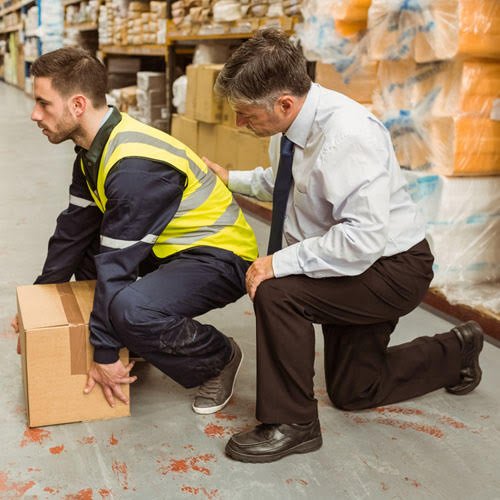The Crucial Role of Manual Handling Training in the Workplace

In the fast-paced world of business, where efficiency and productivity are paramount, it’s easy to overlook the importance of proper manual handling techniques. However, neglecting this fundamental aspect of workplace safety can have severe consequences, both for employees and employers. Manual handling training plays a pivotal role in mitigating the risk of workplace accidents, reducing associated costs, and fostering a safer working environment.
The Hidden Dangers of Poor Manual Handling Practices
Manual handling refers to the lifting, carrying, pushing, or pulling of loads by hand or bodily force. Without adequate training, employees may unknowingly engage in unsafe practices, leading to an increased likelihood of accidents. Strained muscles, back injuries, and musculoskeletal disorders are just a few examples of the potential consequences of poor manual handling.
The Financial Impact on Employees and Employers
When accidents occur due to improper manual handling, the financial repercussions can be significant for both employees and employers. For employees, medical expenses, rehabilitation costs, and potential loss of income during recovery can place a substantial burden on their shoulders. On the employer side, there are costs related to worker’s compensation, potential legal fees, and the prospect of hiring and training replacements.
Moreover, workplace accidents can negatively impact productivity, employee morale, and the company’s reputation. Clients and customers may lose confidence in a business that doesn’t prioritize the well-being of its workforce. As a result, investing in manual handling training becomes not only a legal obligation but also a strategic decision for the long-term success of a company.
The Role of Manual Handling Training in Accident Prevention
Manual handling training equips employees with the knowledge and skills needed to handle loads safely, reducing the risk of workplace accidents. Proper techniques, body mechanics, and the use of mechanical aids are crucial components of this training. By empowering employees with the right tools to assess and manage risks, businesses can create a safer working environment.
Regular training sessions not only reinforce safe practices but also keep employees informed about the latest guidelines and regulations. This proactive approach helps establish a culture of safety within the workplace, where everyone understands their role in accident prevention.
Take the First Step Toward Safety
Investing in manual handling training is a commitment to the well-being of your workforce and the success of your business. By prioritising safety, you not only protect your employees from harm but also safeguard your company from the financial and reputational consequences of workplace accidents.
Visit our online Manual Handling Training Page to learn more about how our training courses can benefit your business. Don’t wait until an accident happens – take the first step toward a safer and more secure workplace today.




